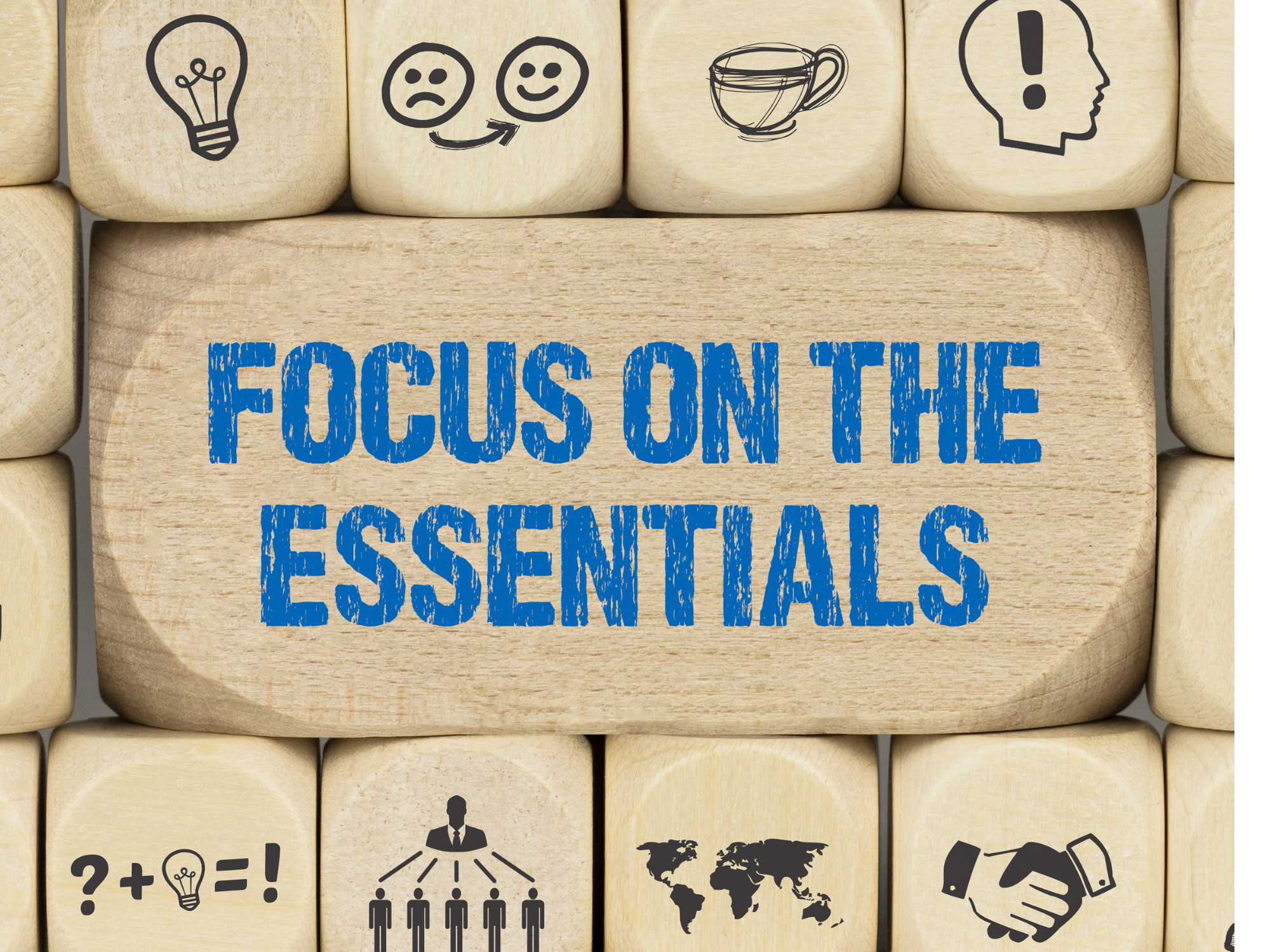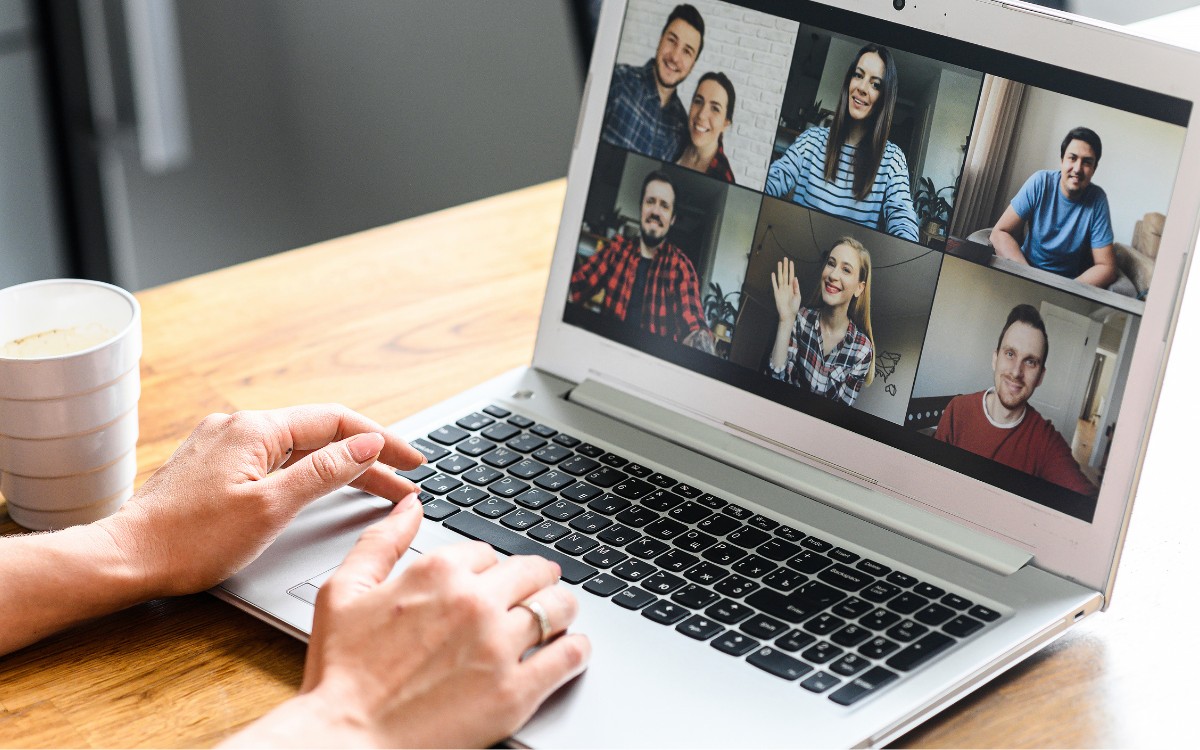The school year is ending, and we have successfully completed a full academic year of remote learning. Most of us will be going back to in-person learning in the fall, but we can’t go back to exactly how things were before the pandemic started. We have opened the proverbial Pandora’s box, and we need to embrace the positives that have come from remote learning and incorporate them into our in-person classes. What are these lessons we have learned, and how do we use them when we see our students in person again?
Content

Like most of you, when we moved to remote learning in spring 2020, I looked at what topics remained for the semester and prioritized them. The original schedule went out the window as I focused my instruction solely on the essential topics my students needed to advance to the next stage of their learning. The topics not deemed necessary were put to the very end of the semester, added as optional learning, or not covered at all. When I started planning for remote learning this past year, I revised previous schedules to focus only on the essentials.
Distilling our content to the essentials allows us to prioritize what students NEED to know versus what would be nice to know. In most cases, what’s essential is not a topic but a process or concept. For example, students need to know how to balance chemical equations (process) because it is critical for understanding the law of conservation of mass (concept). It would be nice if students could memorize some of the periodic table elements. If they did, they would know that C is carbon with an atomic number of 6 and an atomic mass of about 12. However, this knowledge is unessential and can even be Googled (if needed).
As we go back to in-person learning, we need to keep our instruction focused on the essentials. Instead of addressing knowledge-level topics that can be Googled, we need to teach processes and concepts. This frees time in our class to dive deeper into these essentials and ensure students have a firm grasp on concepts and processes.
Technology
The digital divide became apparent when forced remote schooling began. Colleges rose to the challenge by allowing students to borrow school computers and assisting with internet connections. Public schools, with 1:1 technologies, set up mobile hotspots, sometimes using school buses. For those schools with limited technology, material packets were created and distributed. When we realized that remote learning would be extended to the 2020-21 academic year, schools delivered the technologies needed for students and teachers to connect.
With hardware and internet access available, we looked for software to support our teaching. We could replicate in-person instruction using Blackboard Collaborate, Microsoft Teams, Google Meetup, or Zoom. Still, we found that many students were not as engaged in remote learning as in the classroom. So, we got creative. We had students connect and share through chat features, breakout rooms, Flipgrid, or Jamboard. We became flexible with content delivery by using videos, screencasts, and online readings, plus we embraced interactive technologies like Desmos activities, PhET simulations, and integrated learning technologies like Nearpod. I’d like to add that if you haven’t tried some of these yet – do it! Nearpod is a favorite of my preservice teachers. With remote learning, we utilized technologies to purposely engage students.
As we look forward to in-person learning, we need to keep technologies that engage students and integrate them into our in-person teaching. Allow students to have their own devices in the classroom (when appropriate). Consider trying a flipped classroom approach by introducing content remotely before practicing skills in person. Both educators and our students are now comfortable engaging with different technologies, so let’s keep using them.
Student Attendance
“We know that full-time remote learning is not ideal for many students, so we must return to in-person learning.”
We have enjoyed the flexibility that comes with remote learning. Students can roll out of bed five minutes before class begins and show up wearing pajamas. We can take breaks between classes to use the bathroom, grab a snack, or check social media. When my family had to vacate our home for a construction project, my middle schooler did remote learning for three days. With remote learning as an option, students can participate in school from anywhere.
We know that full-time remote learning is not ideal for many students, so we must return to in-person learning. But now that we have made remote learning work, we can’t fully return to traditional in-person at a full-time capacity. When we have inclement weather, students can still attend school from home. While we will miss the nostalgia of having snow days, we can have an academic calendar that can be set in advance with no changes to attendance days.
Many high schools have blended learning options for some classes. Students attend class 2-3 days a week in person and engage with remote or online learning on the other days. Now that we have embraced technologies, having blended courses is an exciting possibility that allows scheduling flexibility with attendance but still engages students in person.
HyFlex learning is a relatively new concept where students can choose whether to participate in class online or in person. As schools have opened for in-person learning, teachers have made HyFlex learning work out of necessity.
However, I have yet to find a teacher who prefers HyFlex over having all students online or in-person. If you are an administrator, promote a flipped classroom or blended learning, but please DO NOT allow HyFlex learning. It puts unnecessary strain on teachers and does not necessarily serve all students well.

As we look forward to in-person learning, let’s embrace the lessons from forced remote learning and incorporate it into our in-person classrooms. Focus on essential processes and concepts, utilize valuable technologies, and try some flipped classroom or blended learning approaches.







